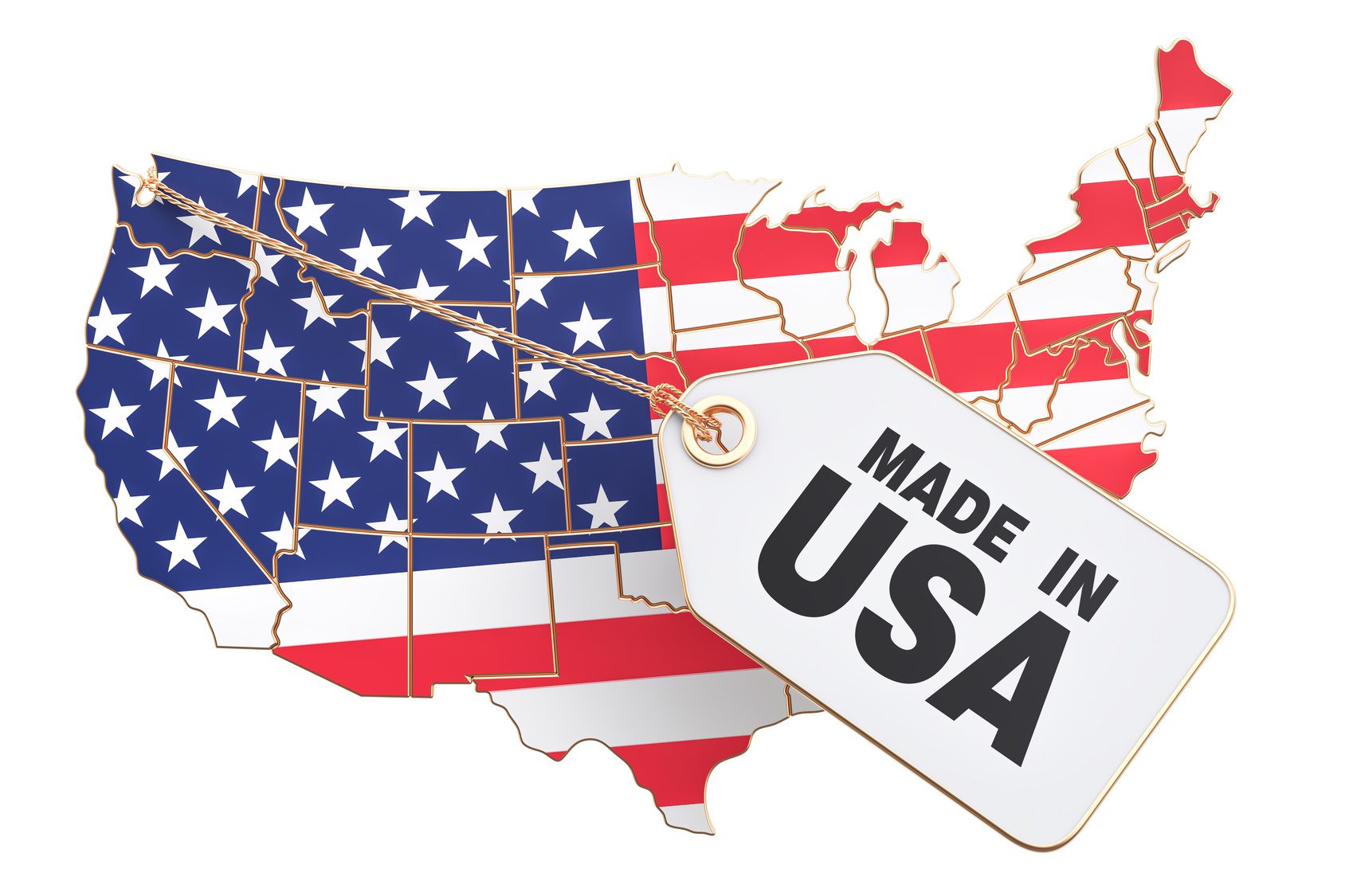After years of shifting American production capabilities to China as the primary low-cost location, the trend might be somewhat changing. As costs increase in this previously cheap destination, American executives have started to question whether it still makes economic sense to spend more and more on Chinese labour and transport the products back half across the world to the final customer.
With estimations that Chinese wages double every four years, it is clear that the cost benefit of off-shoring to China is narrowing and the country might start losing its competitive edge. It has been, and will continue to be, a very slow process, and we will surely hear stories of another industry giant opening another production facility in this ‘global manufacturing centre’. Yet, the concept of re-shoring, i.e. shifting manufacturing capabilities, once off-shored in search for decreased costs, back to the USA, has been the story of several American producers for the past couple of years. While reasons vary, cost element is probably a key deciding factor, as cited to be the reason behind the re-location of some of the capabilities by Apple or General Electric.
But it is not only the cost that is forcing companies to think of bringing manufacturing capabilities back home. There is a range of reasons indicated as strong factors that should force American manufacturers to consider re-shoring:
-
Slowly, but gradually the cost benefit of off-shored production will narrow, given the faster rise in labour costs in locations such as China
-
Shipping costs associated with long-distance logistics are also increasing, e.g. shipping rates, cutbacks in logistics infrastructure, are estimated to have caused an average hike of 70% in shipping costs between 2007-2011
-
Quality inconsistency issues, both real and perceived, continue to resurface in Asia-manufactured products – flawed production lots, inaccurate specifications, as well as end customers’ continued scepticism towards the ‘made in China’ label
-
Production is increasingly executed in small lots to ensure responsiveness to fluctuations in demand volume and structure, customization requests, and to mitigate the risk of reduced liquidity with cash trapped in inventory
-
Supply chains are found to be more and more vulnerable to disruptions caused by ‘beyond control’ factors, from natural disasters (earthquakes, tsunamis in Asian locations) to political disruptions affecting smooth and timely shipping
-
Weaker dollar requires US-based companies to spend more bucks on the same foreign-based production and transportation services
-
While economic result matters most, producers also consider the customers patriotic interest to buy products that are ‘local’ to them – in terms of appeal as well as the production location, which can be an extra public relations benefit for the company re-shoring its manufacturing jobs back to the USA.
While reasons are varied and not mutually exclusive, there is still a question whether re-shoring is actually a strong trend, and whether jobs will return to the USA. The question cannot be ignored – if re-shoring turned out to be a persisting trend, it could be a well-needed kick to this crisis-shaken American economy.
Not long ago, in mid-2012, Forbes published an article, in which it asked whether re-shoring is actually a trend or more of a trickle. A simple survey conducted amongst MFG.com members, an online marketplace space for the manufacturing industry, proved that re-shoring can be a real trend, as a number of American executives indicated new contracts being awarded to them – contracts that had previously been off-shored. The re-shoring trend seems to be further confirmed by the frequently quoted 2010 Accenture report, which indicated that around 60% of manufacturing executives surveyed considered re-shoring their manufacturing and supply capabilities. The trend could be additionally supported by tax incentives proposed by Barack Obama for companies re-shoring back to the USA, as well as drives such as The Reshoring Initiative, founded by Harry Moser in 2010, aiming at promoting the concept amongst American businesses and tracking the phenomenon. According to Moser, re-shoring brought some 50,000 jobs back to the USA during the period of 2010-2012.
But, with all these points being legitimate reasons for American companies to re-think their off-shoring, perhaps the big believers in the return of the ‘Made in the USA’ era, should curb their enthusiasm just yet. It is quite unlikely that low-cost producers will return to the American soil for good – on a scale large enough to have a positive impact on American economy.
First of all, China will still hold enough advantage over the next couple of years – an unbeatable advantage of a large pool of workers available for $2 an hour wage, which, even if increases, will still be far lower than in the USA. And it is not only about the cost, but also about the relatively high elasticity of low-cost Chinese labour supply (in terms of wage accepted and workers volumes available), which even at its lower productivity, makes it still more economical to stick to factories based in China, than re-shoring on big scale to the US market. The public relations dimension of bringing back jobs has to be approached realistically too, keeping in mind that much higher productivity of American workers means that for each 4-5 Chinese jobs being cut, American market would gain probably not more than 1, making the job creation benefit much more modest than hoped for. And even if, over long term, the increasing labour cost squeezes the cost benefit tight enough to make the producers leave China, it is highly unlikely that they will turn to American workers as first priority. There are more economical options available across Asia and other geographies (perhaps at higher cost than in China but still well below American levels). We might see some of these manufacturing jobs fly to India, Bangladesh, and the emerging African continent.
It seems that this big re-shoring move might be just wishful thinking, which will translate to a few jobs brought back to the USA, in numbers not significant enough to actually make much difference.




